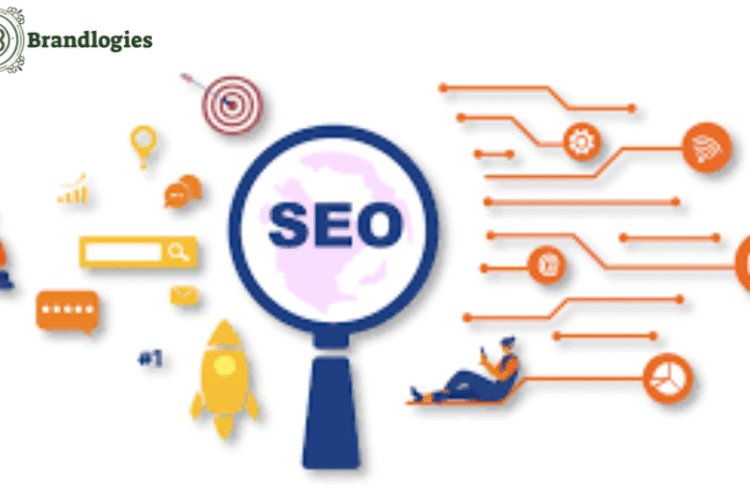
Technical SEO is essential to any successful search engine optimization (SEO) strategy. According to a recent study by WordStream, over 60% of marketers believe technical SEO is the most important factor for improving their website rankings. Additionally, over 70% of digital marketers said technical SEO was the most effective way to drive organic site traffic.
Technical SEO focuses on optimizing a site’s structural components, such as indexing and crawling, page speed and mobile responsiveness, URL structure, and internal linking patterns, to improve a website’s visibility and rankings in search engine results pages (SERPs). This article will explain five aspects of technical SEO that everyone should be aware of and how they can help improve a site’s performance.
Site structure and navigation
Everyone should know site structure and navigation are important aspects of technical SEO. It involves optimizing the website’s URL structure, link hierarchy, page titles, and other elements of the website architecture to make it easier for search engines to crawl and index the content. Additionally, it can help visitors quickly find relevant information on your site by using effective navigation menus, internal linking strategies, and structured data so that search engine bots can easily understand your website.
An optimized website structure will help search engines understand your content better and improve the crawlability of your website. Your URLs should be short and easy to read, with keyword-rich titles and descriptions. Internal links should use descriptive anchor text and links to related pages for a better user experience. You should also create a sitemap to provide an overview of all the pages on your website.
Structured data markup is also important in SEO as it provides additional context to search engines about what type of content your page contains and how it relates to other web pages. This helps search engines better understand the relationships between different websites and improves visibility on SERPs.
Finally, implementing good navigation systems can significantly improve user experience on your site. Using breadcrumbs and clear menu structures allow users to access different sections of your webpage easily. This increases user engagement and encourages visitors to explore your website further, increasing page views.
Mobile responsiveness and page speed
Mobile responsiveness refers to a website’s ability to adapt to different screen sizes, ensuring users have a consistent experience regardless of their device. Page speed is the time it takes for a web page to load, which is an important factor in user experience and search engine rankings. Faster-loading pages can increase traffic, improve rankings, and better user engagement.
To ensure mobile responsiveness and page speed, webmasters should use coding practices such as minifying HTML, CSS, and JavaScript files, compressing images, and leveraging browser caching. Additionally, webmasters should practice responsive design and opt for accelerated mobile pages (AMP) where possible. This will help optimize content delivery to mobile devices and improve the website’s overall performance.
Furthermore, reducing server response times, optimizing code efficiency, and using progressive web applications will optimize page speeds and help with mobile responsiveness.
Meta tags and descriptions
Meta tags and descriptions are an important aspect of Technical SEO that everyone should be aware of. Meta tags provide a concise summary of the content of a web page, while descriptions provide a more detailed overview. Meta tags can help search engines better understand what a page is about and how it should be indexed and displayed in search results. Additionally, meta tags can influence click-through rates from organic results pages.
Remember to include titles, descriptions, keywords, and other relevant information when adding meta tags to your website. Titles should accurately reflect the page’s contents and be kept under 60 characters, while descriptions should provide additional context to visitors and be kept under 160 characters. It’s also a good idea to include keywords relevant to your page and use different titles and descriptions for each page.
Finally, ensure your HTML code is properly formatted before launching your website. Search engine crawlers only read the text on the page and may not interpret any errors in formatting. When coding your metadata, use proper heading hierarchies and make sure all your elements have unique IDs and classes.
Schema markup
Schema markup is an important aspect of technical SEO that all website owners should understand. Schema markup is a type of HTML code used to provide search engines with additional information about the content on a website.
It helps search engines better understand the underlying meaning of the content and can help improve visibility in organic search results. In addition, schema markup can improve the presentation of webpages in various formats, such as mobile search or video search.
To add schema markup to a webpage, website owners must include specific code within their HTML, which will allow search engines to interpret the page’s content properly. This code includes special attributes that indicate what type of data is being presented and how it is presented.
For example, an attribute might tell a search engine whether a piece of text is a product’s name or description. Properly implemented schema markup can increase a website’s visibility and make it more attractive to potential visitors.
Canonicalization of duplicate content
Canonicalization is the process of specifying a preferred version of a webpage that search engines should treat as authoritative. This is particularly important when multiple versions of a page or content are duplicated across different URLs. Canonicalization prevents search engines from treating these duplicate versions as separate entities, ensuring the page’s link equity and SEO value flow to one version.
By implementing proper canonical tags, webmasters can let search engines know which pages should be indexed and receive the associated SEO rewards. Furthermore, this helps ensure visitors land on the correct page when searching for specific keywords or topics. For example, suppose a webmaster sets their homepage as the canonical URL for all variations of the same page. In that case, visitors will consistently land on their homepage instead of other versions of the same page.
Technical SEO also involves several other strategies, such as optimizing page speed, setting 301 redirects from old pages to new ones, and creating an XML sitemap to help search engines crawl and index a website better.
All of these aspects are essential for improving the visibility and rankings of a website in search engine results pages (SERPs). Remember, SEO services nearby Delhi should be integral to your online marketing strategy. Without them, your website may not get the necessary visibility to succeed in today’s competitive market.


